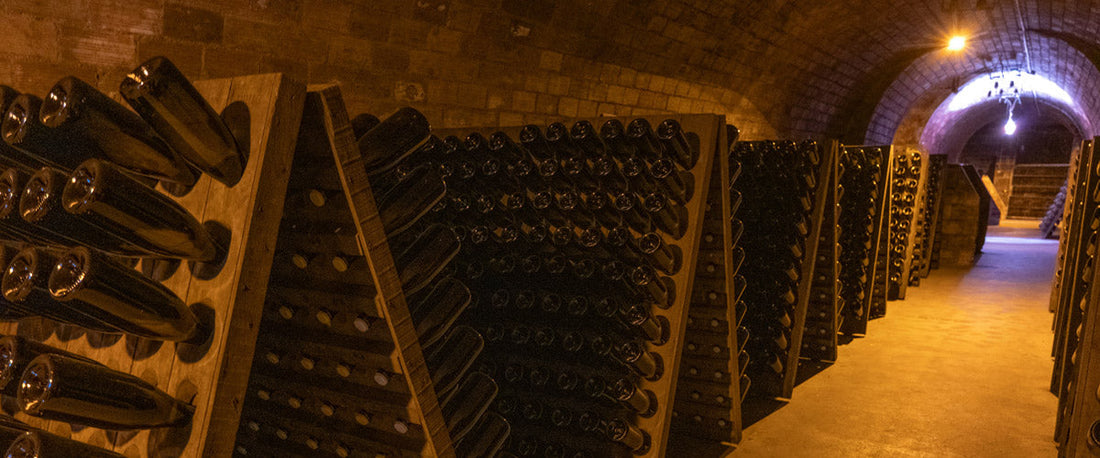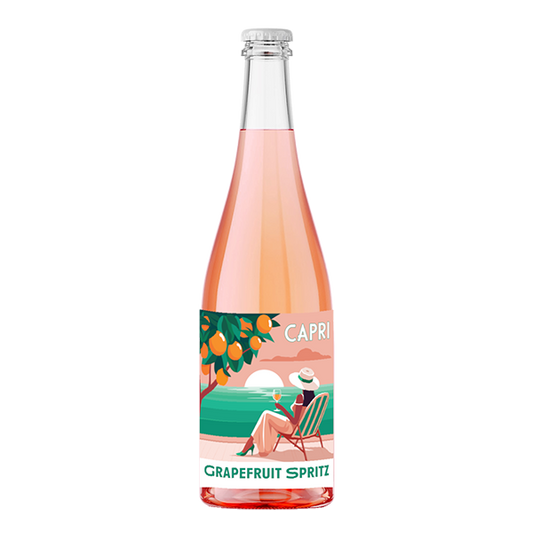
How to Store Wine at Home – Even Without a Cellar
Share
Estimated reading time: 5 minutes
Wine is a pleasure best enjoyed at its peak, but proper storage can mean the difference between a vibrant glass and a disappointing one. Thankfully, you don't need a fancy wine cellar to store your bottles well at home. Here's how to keep your wines tasting their best, whether you're saving a special bottle or building a small collection.
Why Proper Wine Storage Matters
Wine is a living, evolving product. Heat, light, and movement can all impact how a wine ages. Storing wine properly preserves the flavours, aromas, and structure intended by the winemaker. Done right, even modest wines can develop beautifully over time.
That said, unless you have ideal cellaring conditions, it's always better to drink your wines sooner rather than later. Most wines are made to be enjoyed within a few years of release, and waiting too long can mean missing their best drinking window. Personally, I tend to err on the side of opening rather than saving, unless I know it’s a wine built for ageing.
The Golden Rules of Wine Storage

1. Keep It Cool (But Not Cold)
-
Ideal storage temperature: 12-16°C for most wines.
-
Avoid kitchen benches, sunny windows, or garages with extreme heat.
-
Too hot? Wine ages too quickly. Too cold? It can dull the flavours.
2. Stay Away from Light
-
UV light breaks down wine compounds and causes "lightstrike."
-
Store bottles in a dark cupboard, box, or wine rack away from direct sunlight.
3. Control Humidity (if possible)
-
Aim for 50-70% humidity to prevent corks from drying out.
-
Screwcap wines are more forgiving but still prefer stable conditions.
4. Lay Bottles Horizontally (for Corks)
-
Keeps corks moist to prevent drying and oxidation.
-
Not essential for screwcaps but useful for space-saving.
5. Minimise Vibration
-
Constant movement can disturb sediments and impact ageing.
-
Avoid placing wines on top of fridges or near washing machines.
Where to Store Wine Without a Cellar

-
Dedicated Wine Fridge: Best option if you're collecting or cellaring.
-
Dark Cupboard or Pantry: Ideal for short-term storage of ready-to-drink wines.
-
Under the Stairs / Interior Closets: Cool, dark spaces perfect for small collections.
-
Avoid: Kitchen, laundry, or anywhere with temperature spikes.
I always remind friends that the key isn’t about having perfect conditions, but rather finding a steady environment that avoids heat and light. Even if it’s a cupboard under the stairs, that’s often good enough.
And it’s worth getting it right—I once knew someone who received a case of Penfolds Grange as a gift. They treasured it so much they put it away for ‘safe keeping’… in the roof space of their house. Years later, they found it again—completely ruined by the heat. A heartbreaking reminder that even the best wines can’t survive the wrong conditions.
How Long Can You Store Wine?
-
Everyday whites and reds: Enjoy within 1-2 years.
-
Premium reds (like Barossa Shiraz): Can age 5-10 years or more with good storage.
-
Sparkling wines: Best within a few years unless vintage or fine Champagne.
Also, don’t forget—larger formats like magnums tend to cellar better and age more gracefully because the wine-to-air ratio is lower. If you plan to cellar seriously, magnums are worth considering.
Final Tips for Wine Lovers
Storing wine well doesn't have to be complicated. It's about keeping bottles cool, dark, and undisturbed until you're ready to enjoy them. In my experience, most of us are better off enjoying the wine while it's drinking well rather than worrying about ageing it perfectly.
Ready to explore wines worth savouring now or saving for later? Check out our handpicked collection of Barossa Valley reds and cellar-worthy wines perfect for your home collection.




















